The first modern artistic movement that produced complex works, inspired by real life, was French Impressionism. This was a radical art movement that began in the late 1800s, and involved several Parisian artists. The French Impressionists rebelled against classical subject matter and embraced modernity, desiring to create works that reflected the world in which they lived.
The birth of French Impressionism
French Impressionism started as a rebellion of a few young artists in Paris around 1863 against a rigid art establishment. It took the Impressionist artists about 20 years before ridicule was replaced by recognition. French Impressionism is characterized by small, thin, but visible brush strokes, open composition, emphasis on accurate depiction of light in its changing qualities, often accentuating the effects of the passage of time, ordinary subject matter, inclusion of movement.
French Impressionism was founded in opposition to academic painting. Leaving behind historical, mythological, and Orientalist themes, this new movement focused on subjects and scenes from everyday life. The goal was no longer to paint a large fresco with a faithful visual representation but to allow oneself to express the sensations experienced while painting. Light and climate phenomena, including snow, rain, and waves, as well as the joys and sorrows of people, left fleeting impressions that the artists worked to capture and reproduce on the canvas.
Why is it called French Impressionism? These French artists were trying to paint not a reflection of real life, but an ‘impression’ of it, of what the person, light, atmosphere, object or landscape looked like to them. The Impressionists were interested in capturing the atmosphere of a moment rather than creating a realistic representation of a scene. They wanted to paint the world as they saw it, with all its imperfections and fleeting beauty.
The impressionists were concerned more with the effects of light on an object than with exact depiction of form, because they believed that light tends to diffuse the outlines of the form and reflect the colors of surrounding objects into the shadows. Their paintings often featured loose brushstrokes, vibrant colors, and blurred edges. The result was a style that was at once modern and timeless.
The main characteristics of French Impressionism
It is easy to recognize a French Impressionism painting, here are some of the things to look for:
- broken color
- loose and fluent brushwork
- relaxed and sometimes inaccurate drawing
- a focus on capturing the fleeting environment and how we see the world
- compositions which place you in the painting
The artists who began the French Impressionism movement
The most well known French Impressionism artists are Claude Monet, Edouard Manet, Pierre Auguste Renoir, Edgar Degas, Gustave Caillebotte, Camille Pissaro, and Berthe Morisot. Manet influenced the development of French Impressionism, he preferred to paint everyday objects. Pissaro and Sisley painted the French countryside and river scenes.
Édouard Manet
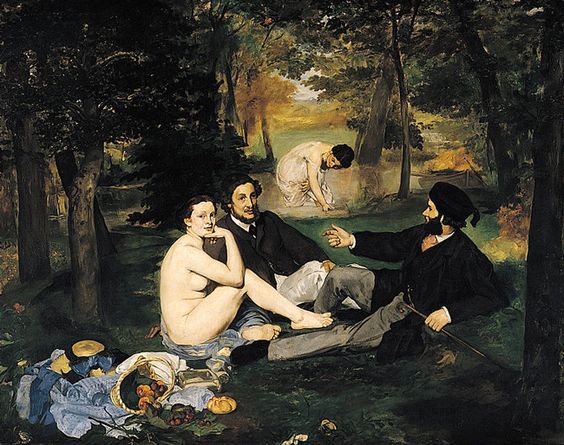
The change started with Édouard Manet, the proof of this is the scandal he produced in 1865 with his painting of Olympia. No one had ever moved so far away from his predecessors as Manet had done. The painter did not ignore the art in museums, but he did not find himself in them, and he learned from the museum only enough to allow him to create novel compositions.
In his own way, Manet deviated from academic skills: he reduced depth, distorted volumes, replaced modelling with contour inflections, displayed colors in wide fields, and bordered clear areas directly on closed areas. Significant in his art is that he rarely created a pure landscape, and was always concerned with composition. Manet cared a lot about the presence of the human figure in his work.
Claude Monet
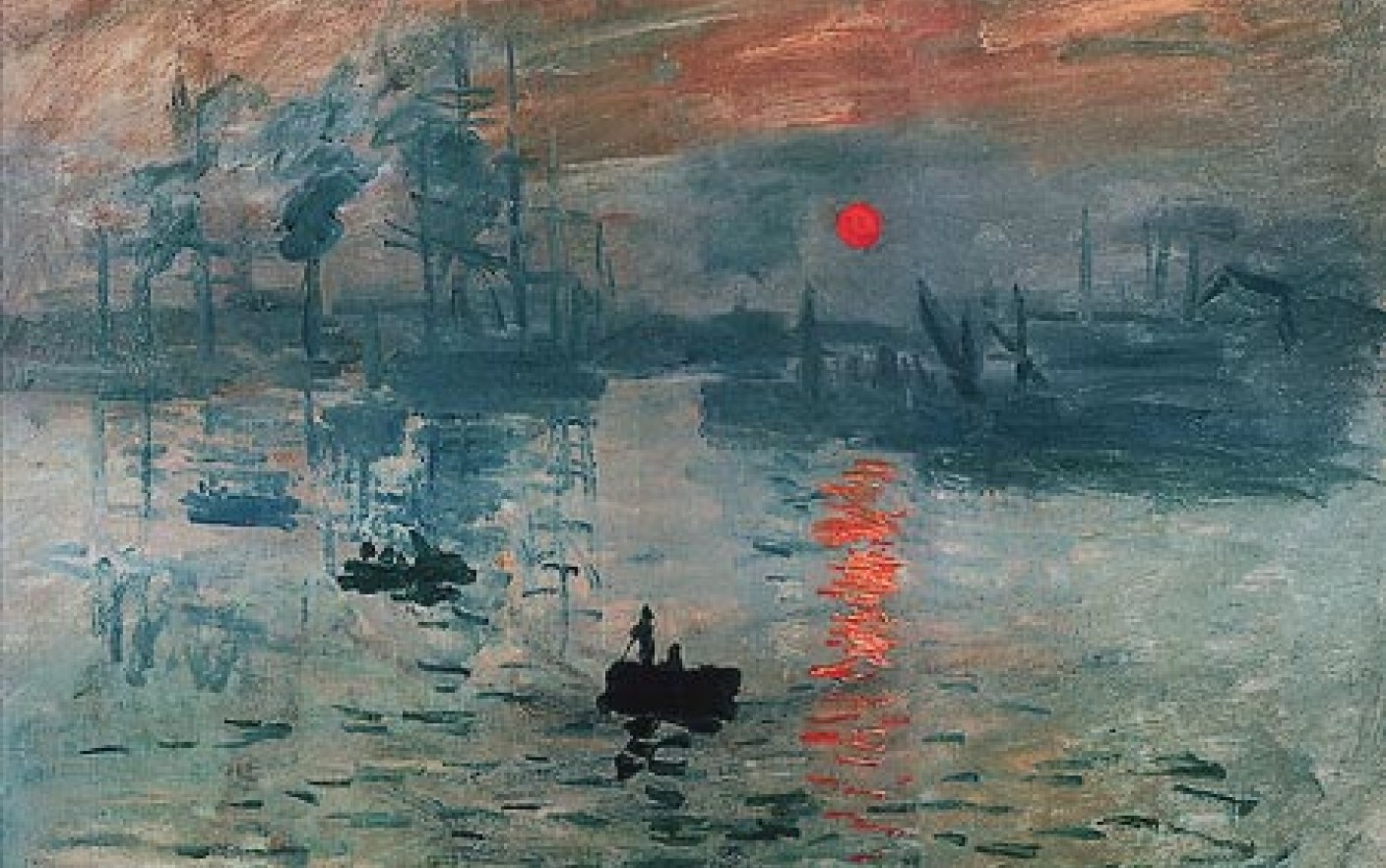
Claude Monet was one of the founders of French Impressionism, and one of the most talented painters of his generation. Trained at the École des Beaux-Arts in Paris, he was able to move beyond the methods and precepts of his training to find his own path and, in doing so, express his full talent. As a reaction to the dictates of academic painting, Claude Monet founded the Impressionist movement with other major figures such as Pierre-Auguste Renoir. Leaving Realism, he gave his art an unreal note. Monet increased the imressionism in his art, but always relied on an analysis of reality.
His most famous paintings are Impression, Sunrise and Waterlilies. Claude Monet established himself as a gifted portrayer of light and left us with an impressive collection of over 2000 works. In 1883, he moved to Giverney, where he lived for nearly 40 years. It is well known that Monet’s Impression, Sunrise was the first Impressionist artwork that also gave the name to the movement.
Pierre-Auguste Renoir
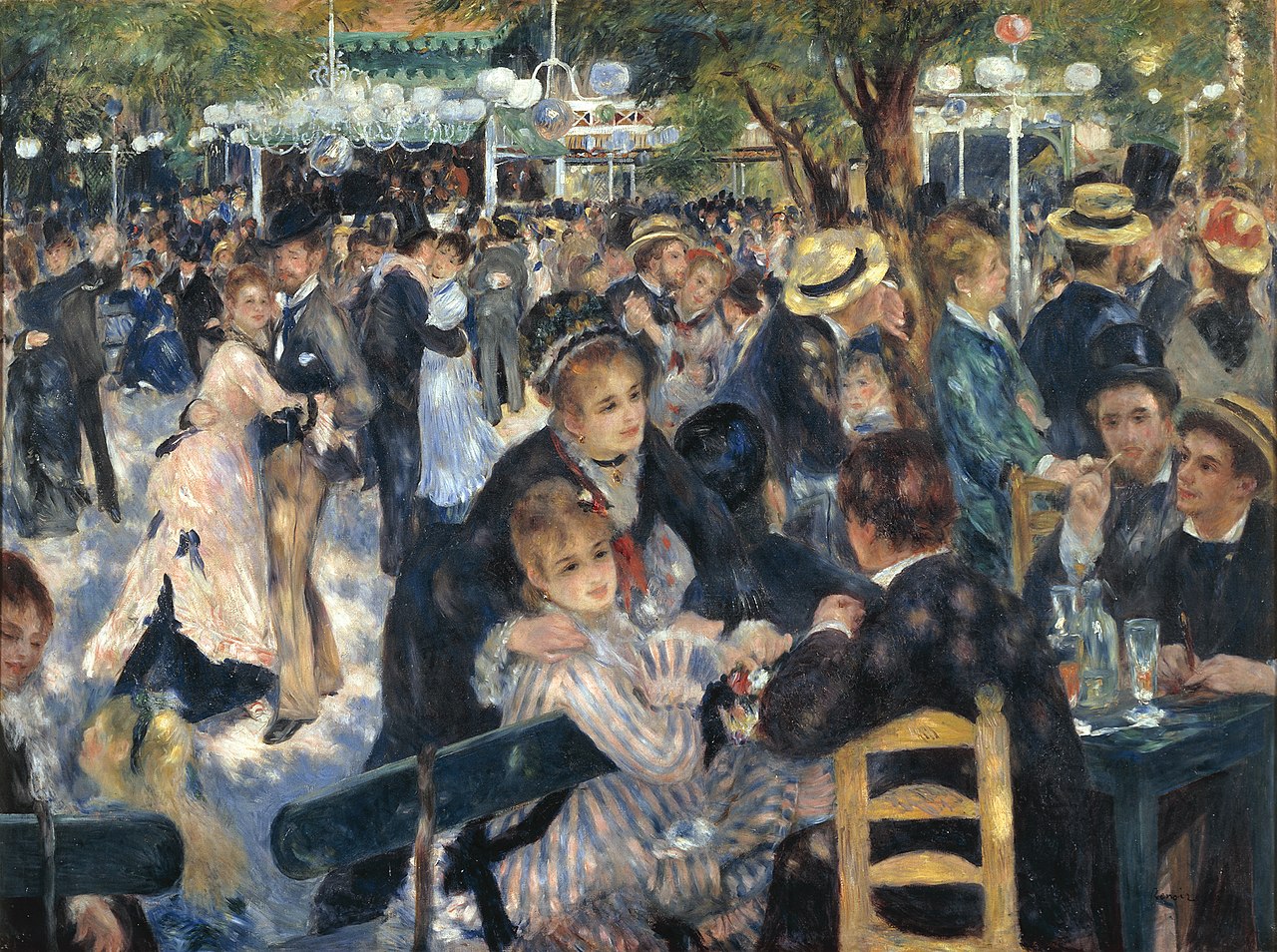
The artistic vocation appeared early in Renoir’s life, who later became one of the most famous French Impressionism artists. Working from a young age, he saved enough to enroll in the École des Beaux-Arts in Paris in 1862. He also frequented Charles Gleyre’s private studio, where he formed friendships with other artists such as Claude Monet.
Renoir came to French Impressionism because he enjoyed the challenge of capturing and reproducing light, and often composed joyful scenes of moments of celebration or shared happiness. His most famous paintings include Luncheon of the Boating Party, Two Sisters (On the Terrace), and La Grenouillère (The Frog Pond).
Gustave Caillebotte
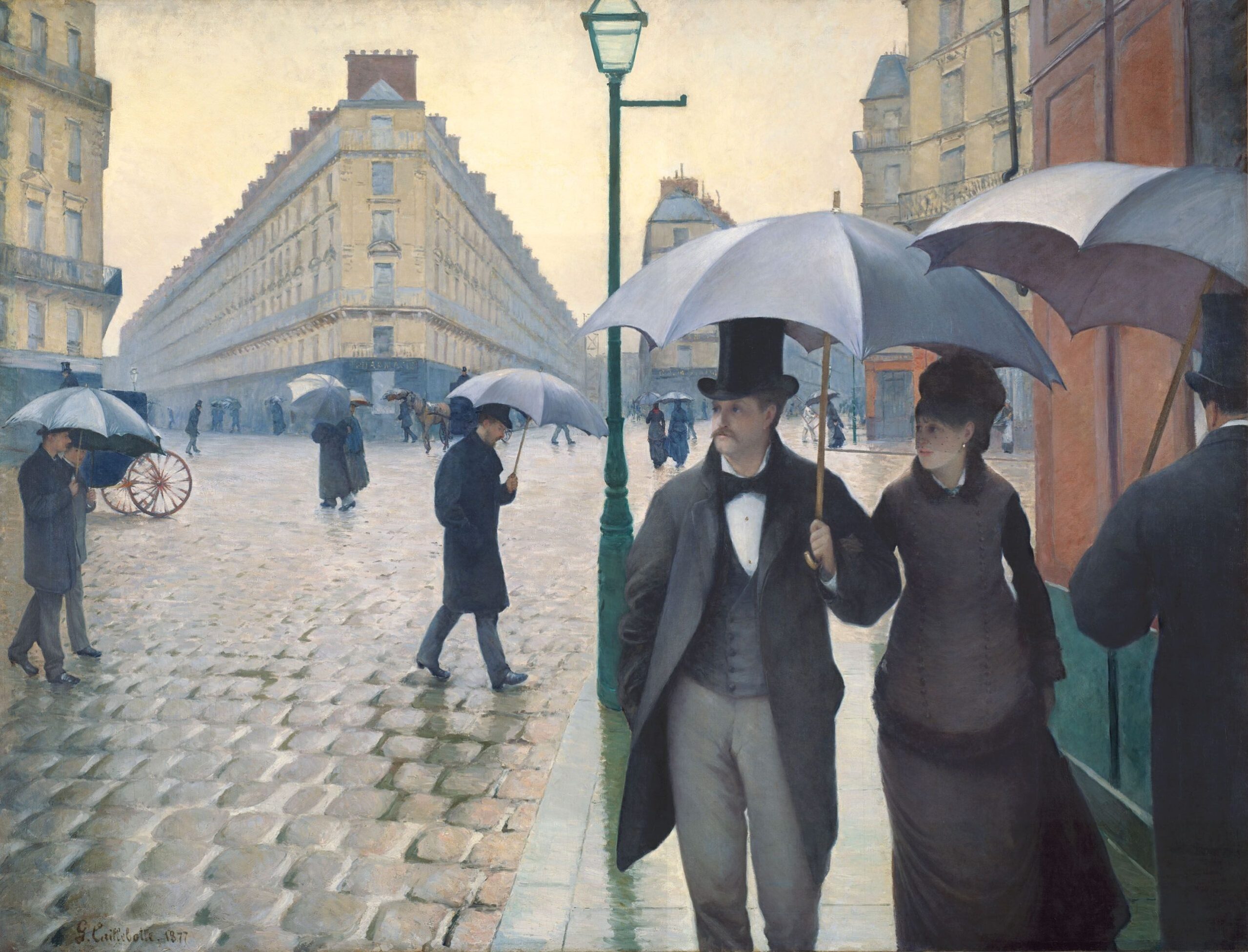
The talented artist Gustave Caillebotte was a friend of the arts and a committed humanist. Caillebotte is known for his commitment to and patronage of the French Impressionism movement. It was he who organized four exhibitions dedicated to this artistic movement during the last quarter of the 19th century.
Though Gustave Caillebotte painted for a hobby and was sometimes, wrongfully, considered to be an amateur, art historians now qualify him as an original and bold artist. His most well-known works include Paris Street; Rainy Day, The Floor Scrapers, and View of Rooftops (Snow Effect), all being powerfully evocative and poignantly bear witness to 19th-century Paris. An exhibition of 80 works was dedicated to this artist in the first half of 2016 at the Giverney museum.
Camille Pissaro
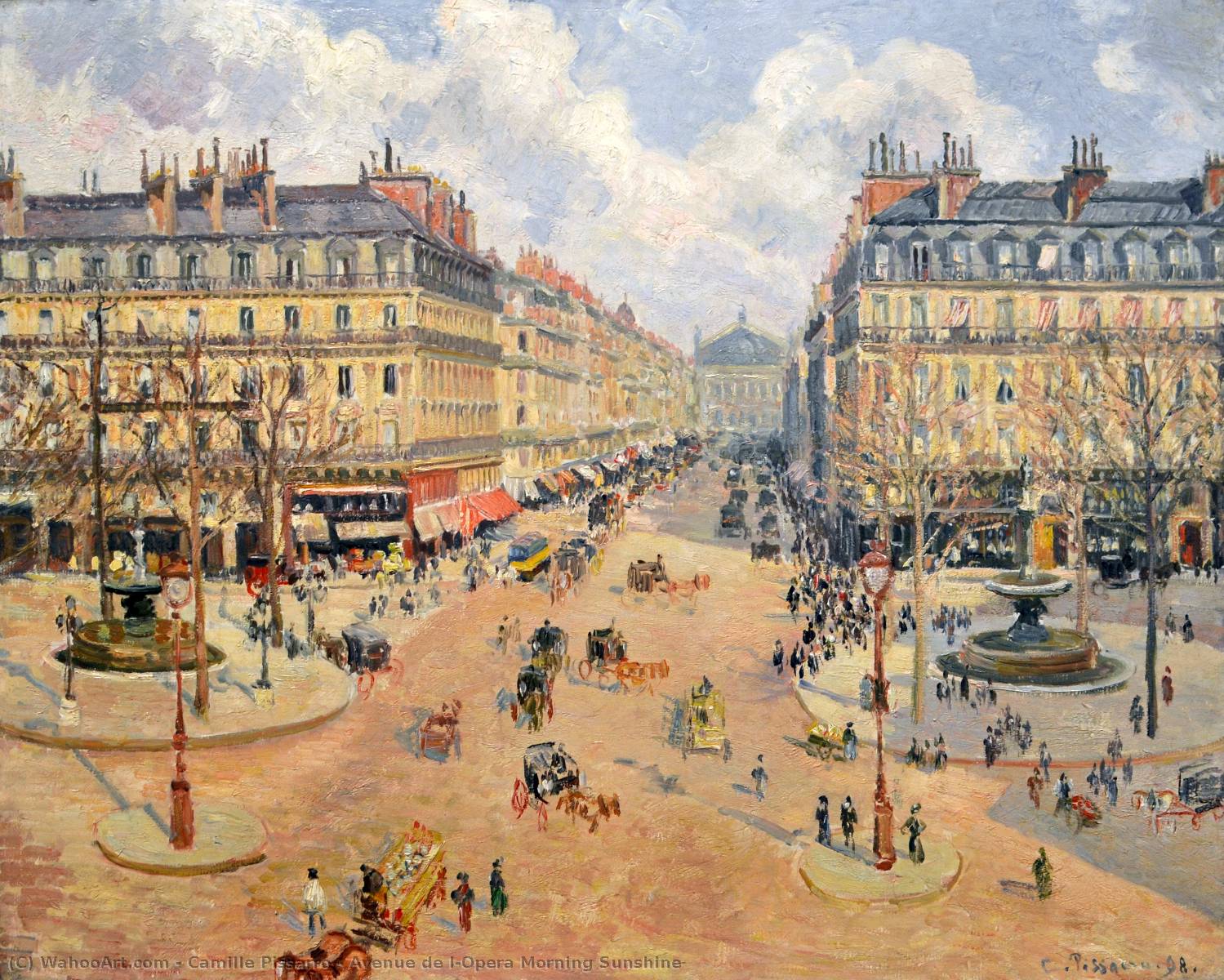
Born in the West Indies, Camille Pissaro discovered his artistic vocation during his school years in Passy, near Paris. After two years in Venezuela, he made a permanent move to the French capital, where he frequented the Académie Suisse, an important meeting place for an entire generation of painters and an occasion to form strong friendships, including Monet and Cézanne.
This founder of the French Impressionism movement tried throughout his life to push against the limits of his talent. He worked with Cézanne before becoming interested in divisionism after meeting Seurat. His works include Hoarfrost and The Boulevard Montmartre at Night, to name just a few.
Paul Cézanne
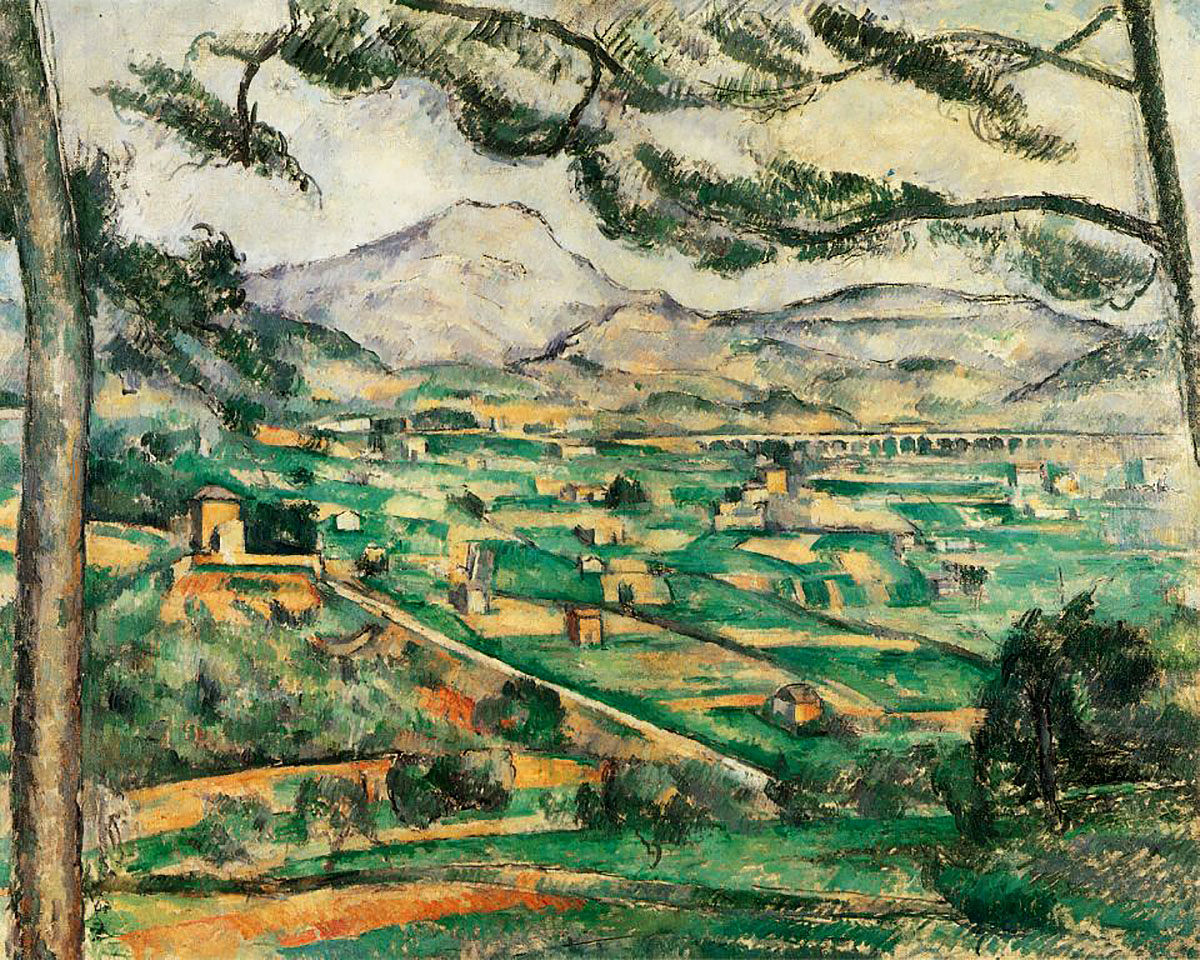
Cézanne spent his life between Paris, where he frequented the Académie Suisse, and the city of his birth, Aix-en-Provence. Cézanne was discovered later on than his contemporaries, it would not be until 1895 and the retrospective organized by Ambroise Vollard that the general public would finally take an interest in his works.
Cézanne, today one of the most well-known French Impressionistm artists, made famous the city of Aix-en-Provence and the Montagne Sainte-Victoire that dominates the landscape. The mountain inspired nearly 80 of Cézanne’s works, including Mont Sainte-Victoire seen from Bellevue.
French Impressionism and plein air painting
Before the 19th century, artists had to mix their own paints from raw pigments that they often ground themselves from a variety of ingredients. This meant it was difficult to take paints outdoors and so most paintings were completed in the studio.
This changed in the 1800s with the availability of tubes of oil paint, allowing artists to venture out into the countryside.
In the early 1860s, four young painters: Claude Monet, Pierre-Auguste Renoir, Alfred Sisley and Frédéric Bazille, discovered that they shared an interest in painting landscape and real life, and they often went out together to paint in the open air. By painting in sunlight directly from nature, and making use of the vivid synthetic pigments that were available, they began to develop a lighter and brighter manner of painting. This was a very radical method of painting, but by the later decades of the 19th-century this method of painting became normal practice.
The movement expanded to Italy where the Macchiaioli were a group of painters who painted plein air in Tuscany in the second half of the nineteenth century.
In England the artists of the Newlyn School were using this method technique in the latter 19th century.
The movement expanded to America, starting in California then moving to other American areas notable for their natural light qualities, including the Hudson River Valley in New York.
The act of plein air painting from observation is still popular, well into the 21st century, and nowadays there are many plein air competitions and exhibitions.
See also: Russian Impressionism
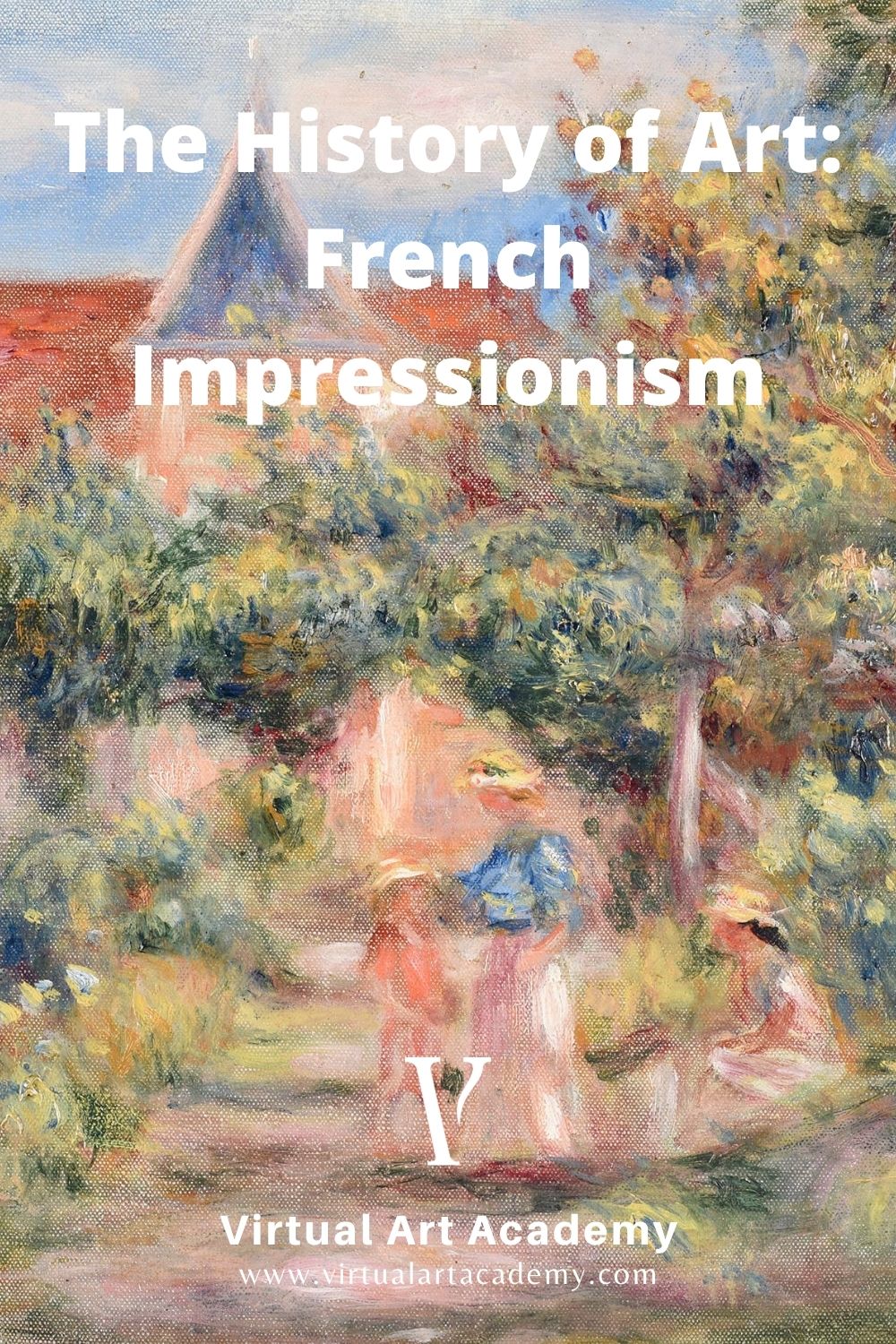
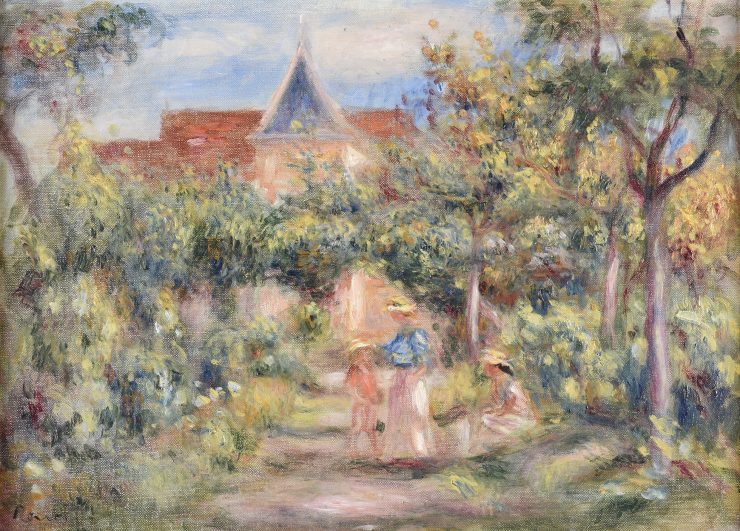
Add comment